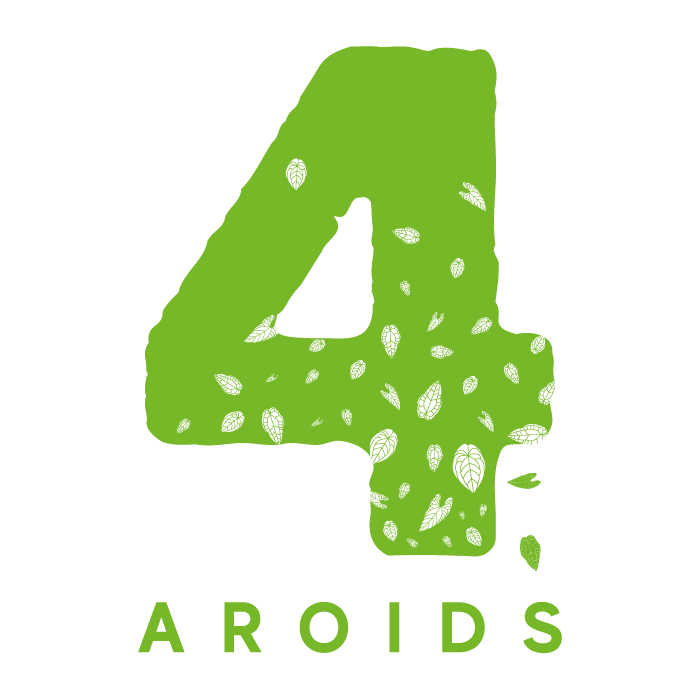A clone in plants is a genetically identical copy of a parent plant obtained through asexual (vegetative) reproduction. This method of reproduction includes techniques such as:
- cuttings (e.g. cuttings, offshoots)
- division
- Micropropagation (in the laboratory through cell culture = tissue culture/TC)
Since there is no genetic recombination of the chromosomes as in sexual reproduction, all offspring are genetically identical to the mother plant. Clones are often used to exactly reproduce plants with desired characteristics (e.g. flower color, growth habit or resistance).
In the anthurium scene, the word clone is usually used for offsets / basecuts / topcuts of well-known breeder plants. These include plants from Rory Antolak (RA), Paul Marcellini (PM) or Scott Cohen (OG). These plants are then often referred to as "founder clones". Plants that have been taken from the wild are often referred to as "wild clones". Many well-known plants from Rory Antolak, for example, have been taken from the wild and are therefore both "founder clones" and "wild clones".
Basically, the word clone only means genetic "identity" to the original plant and can be applied to any plant. However, in our hobby this only makes sense if the copied plant has special properties. This can include the fact that it is a well-known plant or that it has special optical properties that could also be of interest to others (e.g. when purchasing).

Leave a comment
This site is protected by hCaptcha and the hCaptcha Privacy Policy and Terms of Service apply.